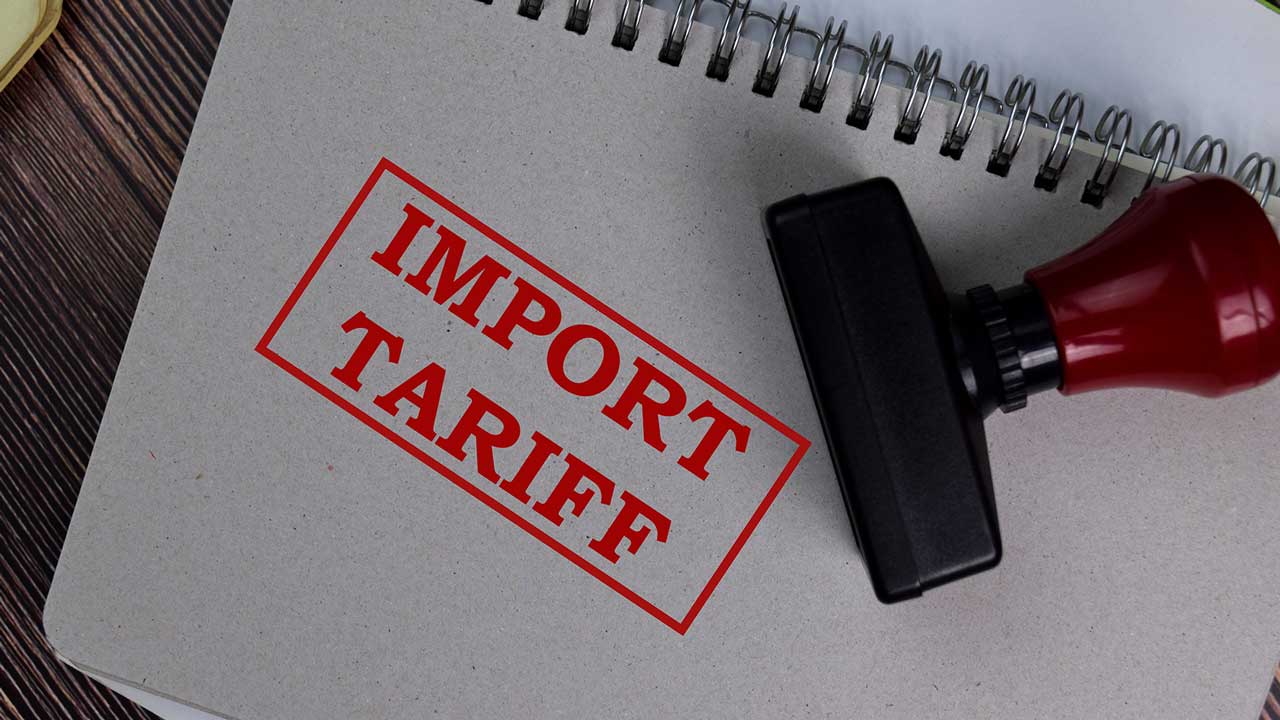
The Associated Press reports President Donald Trump has signed executive orders to implement his first foreign tariff policy promises.
The first tariff targets are Canada, China, and Mexico, with up to an additional 25% tax rate on imports to the U.S. However, just before publishing, we learned that the tariffs on Mexico will be paused for one month after Mexican President Claudia Sheinbaum gave border security assurances to President Trump. If we know our readers, they won’t be asking what the new tariffs might mean to the price of a box of eggs, though. Instead, they will ponder the new tariffs on those life-essential PCs, components, and peripherals.
Let’s start with an overview of the new tariffs. In brief, Trump ordered 25% of the duties on imports from Canada and Mexico and 10% on Chinese imports. The imposition of reduced tariffs on Canadian oil, gas, and electricity shows some recognition that tariffs are a two-way street. These inflowing energy resources will face a lesser 10% tax.
Regular readers will be aware that many computer products go through some production stage(s) in China. If not, look on the back or underside of most of your electronic devices for a ‘Made in China’ sticker, which may or may not be placed beneath a ‘Designed in _insert_another_country_’ engraving. It seems to have recently become a trend among tech goliaths to set up in Mexico, though, positioning in a U.S. neighbor with attractively priced land, energy, and labor.
The top-linked AP report briefly admits that some ‘computer chips’ come from China, which is the full extent of its coverage of the technology segment. Thankfully, seasoned analyst Patrick Moorhead has also examined the new tariffs through the eyes of someone embedded in the tech industry.
Moorhead notes that there will be some sizable and perhaps surprising impacts on diversified technology chains involving Mexico and China. Addressing the former, he asserts, “There’s more PCA, PCB, PIM, and final assembly in Mexico than you might think.”
As for China, Moorhead says the country still “dominates the field in all areas of tech production including non leading edge chips.” This is despite the efforts of the West and its democratic allies to influence production shifts to countries like Vietnam and India.
So, overall, the impact on electronics goods coming into the U.S. could be significant, as many products come via Mexico and/or China or are primarily produced in these countries.
Taiwan – a deeper impact?
At the time of writing, the Trump administration has yet to set a definitive tariff on Taiwan. As we reported last week, the island has been warned of tariffs on its products of up to an astonishing 100%. However, a 25% tariff barrier sounds more likely today.
Meanwhile, Taiwan’s government is looking to assist the many companies set up in Mexico in recent years. Focus Taiwan says there are over 300 such companies, like Foxconn, Pegatron, Wistron, Quanta, Compal, and Inventec Corp., in Mexico, all now subject to the 25% tariffs on goods destined for the U.S.
How much financial help the Taiwanese government can extend remains to be seen; it surely can’t bankroll so many companies indefinitely, and they will have to charge their U.S. customers more, passing on increased trade costs. However, government help could mean increases are phased in more gently, reducing shocks.
The island’s government has sought to communicate conciliatory regarding tariffs on Taiwan. We will have to wait and see how that works.
Lastly, we can’t predict that price rises will result directly from these new Trump tariffs with certainty. It is hard to deny that the tariffs won’t be another factor exerting upward pricing pressure. Are all those tempting CES 2025 tech treats we saw about to become more expensive?
#Tech #enthusiasts #brace #Trump #tariff #price #hikes #components


